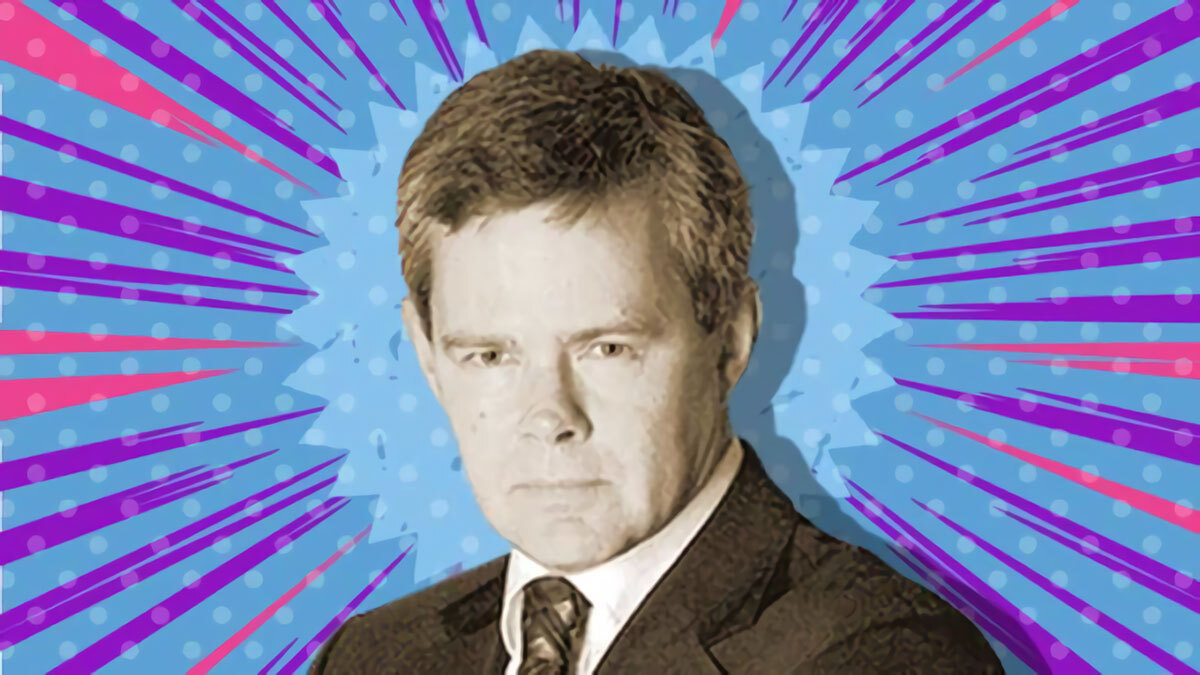Barry FitzGerald: Garimpeiro sees uranium explorers with potential as prices tick up again

Barry FitzGerald. Pic: Supplied/Stockhead
Garimpeiro has been wondering if uranium is getting ready for an explosive price gain after consolidating in the last few months at around the $US80/lb mark.
Let’s hope so, say the ASX-listed producers, developers and explorers which are down heavily on their levels in January when the price of the nuclear fuel raced past $US100/lb.
The first half of the year was notable for the lack of supply contracts inked by the end-user power utilities, presumably in the expectation that if they held off a little longer, prices would continue to fall.
They were right for a time with uranium falling to below $US80/lb for a time.
But there comes a point when the utilities are forced back in to the contract market because the last thing they can afford to do is turn of their nuclear power plants.
Edging up
As it is, uranium prices have been edging up of late, with the last quoted (spot) price of $US83.25/lb (Numerco) suggesting that the dam wall holding back big moves in the more representative contract market could be about to burst.
Average prices for September certainly indicated something is up. The spot price fell from $US100.25/lb in January to as low as $US78.50/lb in August, only to pop higher to $US82/lb in September.
The price movement in the contract market was much the same. And let’s not forget, the contract price was all of $US61.50/lb in September 2023.
Nuclear power is increasingly seen as part of the solution to global warming, something reflected in the pledge by COP28 summit countries, including the US, Canada, UK and Japan, to triple nuclear production by 2050.
China more recently stepped up its plans to expand its nuclear power station fleet, and there has been rumblings from Moscow apparatchiks on the potential to restrict future uranium exports to the west.
Throw in the proposed restart of Three Mile Island in support of Microsoft’s AI growth plans, and confirmation that Kazakhstan can’t in fact turn on the uranium tap to the extent previously considered possible, and it’s no wonder uranium prices are on the march again.
It is against that backdrop Garimpeiro reckons it might be time to take advantage of the disconnect between the rising uranium price and the beaten-up levels of the ASX uranium stocks.
As always, his preference was to go looking amongst the explorers for maximum leverage to the potential for a big bang in uranium prices.
Elevate Uranium (ASX:EL8)
One of the most active uranium explorers on the ASX in both Namibia and Australia.
Newsflow is dominated by progress at the flagship Koppies project in Namibia where the uranium mineralisation is found in an extension of the paleochannel hosting the 118Mlb Tumas deposit, owned by the $1.4 billion Deep Yellow (ASX:DYL).
Deep Yellow is planning a final investment decision on developing Tumas in the December quarter.
Koppies also has the restarted Langer Heinrich mine, owned by the $3.5 billion Paladin Energy (ASX:PDN) , as a neighbour some 30km to its north.
Deep Yellow and Paladin get a mention to highlight a couple of things. Firstly, Elevate’s Koppies is very much in uranium country with power, port and an international airport within easy reach.
Secondly, there is serious value to be had from working up a uranium project in the country. Both Deep Yellow and Paladin have other interests. But the point is made, get it right and a big market cap is in the offing.
As it is, Elevate was trading mid-week at 38.5c for a market cap of $119m. Koppies is not as advanced as Tumas and the restarted Langer Heinrich but to Elevate’s credit, Koppies is a company discovery, not an acquisition as is the case with the other two.
It is getting some real size as well. Elevate recently increased and upgraded Koppies proper to 66.1Mlb (78% indicated), as well as releasing a maiden resource for the nearby Hirabeb prospect of 10.2Mlb (inferred).
A new geological understanding that mineralisation extends into weathered basement rocks adjacent to the paleochannels has helped things along and suggests the resource base will continue to grow.
Elevate has a proprietary processing technology called U-pgrade, which it reckons could be the icing on the cake for an eventual Koppies development. It is an ore beneficiation process which rejects 95% of the mined ore mass prior to leaching taking place.
Potentially at least, capital and operating expenditure could be reduced by 50% compared with conventional processes. Testwork is underway, with results to be fed in to technical studies for an initial demonstration plant.
Koba Resources (ASX:KOB)
A relative newcomer to uranium, Koba is leveraged to exploration success at projects acquired during the year in South Australia’s in-situ recovery hotspot, and to the high-grade potential of Canada’s Newfoundland and Labrador province.
It was trading mid-week at 11.5c for a market cap of $18.2 million.
The company’s pivot to uranium started in late January with the acquisition of the advanced Yarramba project in the part of South Australia that is also home to the in-situ recovery/paleochannel projects of the privately-owned Heathgate and the $1.38 billion ASX-listed Boss Energy (ASX:BOE) .
Earlier this week Koba reported assay results from another 15 holes in a 100 hole program, with shallow, thick and high-grade hits (in paleochannel terms) intersected at the advanced Oban prospect at the broader Yarramba project area.
Another 56 holes are planned at Oban before the rig moves to the greenfields Mt John prospect for a campaign of 30 holes. There is a bit of excitement about the Mt John program because the prospect sits only 4km north of Boss’ 10.7Mlb satellite deposit called Jason.
The Yarramba pickup was followed by the April acquisition of the Harrier project in Canada, 50km west of Paladin’s Michelin project (128Mlbs).
Harrier is of the high-grade basement-hosted uranium type, with 10 prospects identified to date where rock-chip sampling has given plenty of early encouragement thanks to assays of more than 1% uranium (10,000ppm).
At Stockhead, we tell it like it is. While Evelate Uranium and Koba Resources are Stockhead advertisers, they did not sponsor this article.
Related Topics

UNLOCK INSIGHTS
Discover the untold stories of emerging ASX stocks.
Daily news and expert analysis, it's free to subscribe.
By proceeding, you confirm you understand that we handle personal information in accordance with our Privacy Policy.








